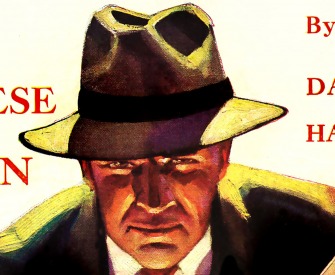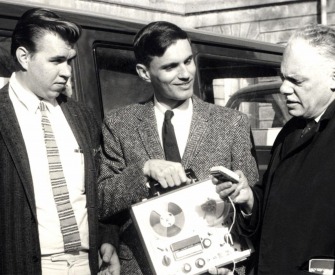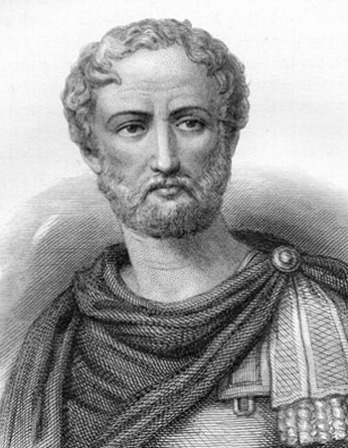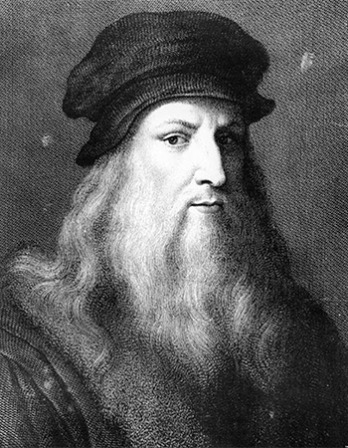From the beginning of things down to the fifteenth century of the Christian era inclusive, architecture was the great book of humanity, the chief expression of man in his various stages of development, whether as force or as intellect.
When the memory of the earliest races became surcharged, when mankind’s burden of recollections became so great and so bewildering that mere speech, naked and winged, was in danger of losing a part on the road, men wrote them upon the ground in the way which was at once plainest, most enduring, and most natural. Every tradition was sealed beneath a monument.
The first monuments were mere fragments of rock “which the iron had not touched,” says Moses. Architecture began like all writing. A stone was placed on end, and it was a letter, and each letter was a hieroglyph—and upon each hieroglyph rested a group of ideas, like the capital on a column. Thus did the first races, everywhere, at the same moment, over the entire surface of the world.
Later on, words were formed—stone was added to stone, these granite syllables were coupled together, the verb essayed a few combinations. The Celtic dolmen and cromlech, the Etruscan tumulus, the Hebrew galgal, are words. Some of them, particularly the tumulus, are proper names. Sometimes, when there was plenty of stone and a vast stretch of coast, a phrase was written.
Finally, men made books. Traditions gave birth to symbols, which hid them as the leaves hide the trunk of a tree—all these symbols, in which humanity believed, grew, multiplied, crossed one another, became more and more complicated. The first monuments were no longer sufficient to contain them; they overflowed them on every side; these monuments barely sufficed to express the primitive tradition, as bare, as simple, and as plain as themselves. Symbolism must expand into an edifice. Architecture, therefore, was developed parallel with human thought; it became a thousand-headed and thousand-armed giantess and fixed all that floating symbolism in an eternal, visible, palpable form. While Daedalus, that is, force, measured; while Orpheus, which is to say, intellect, sang, the column, which is a letter, the arcade, which is a syllable, the pyramid, which is a word, set in motion alike by a geometric and a poetic law, grouped, combined, blended, rose, fell, were juxtaposed upon the ground, placed in rows one above another in air until they had written, at the dictation of the universal idea of an epoch, those marvelous books which were also marvelous buildings—the pagoda at Eklingji, the Egyptian Rhamseion, the Temple of Solomon.
The original idea, the word, was not only at the base of all these buildings, but also in their form. Solomon’s Temple, for instance, was not merely the binding of the Holy Book, it was the Holy Book itself. In each of its concentric halls the priests could read the Word translated and made manifest; and thus they followed its transformations from sanctuary to sanctuary until they grasped it in its innermost tabernacle in its most concrete form, which was again architectural—the arch.
And not only the form of the structure, but the site which was chosen for it revealed the thought which it represented. According as the symbol to be expressed was graceful and pleasing or gloomy and severe, Greece crowned her mountains with a temple harmonious to the eye; India excavated hers, to carve within them those misshapen, subterranean pagodas borne up by gigantic rows of granite elephants.
Thus, for the first six thousand years of the world’s history, from the most immemorial pagoda of Hindustan to the Cologne Cathedral, architecture was the great writing of mankind.
From The Hunchback of Notre-Dame. Already renowned for his political poems and plays, Hugo won wide acclaim for this historical novel set in 1482. Elected a deputy for Paris in the Constituent Assembly in 1848, he was forced to flee when Louis-Napoleon proclaimed himself emperor in 1851. He sought refuge on the island of Guernsey, where he completed Les Misérables in 1862.
Back to Issue





